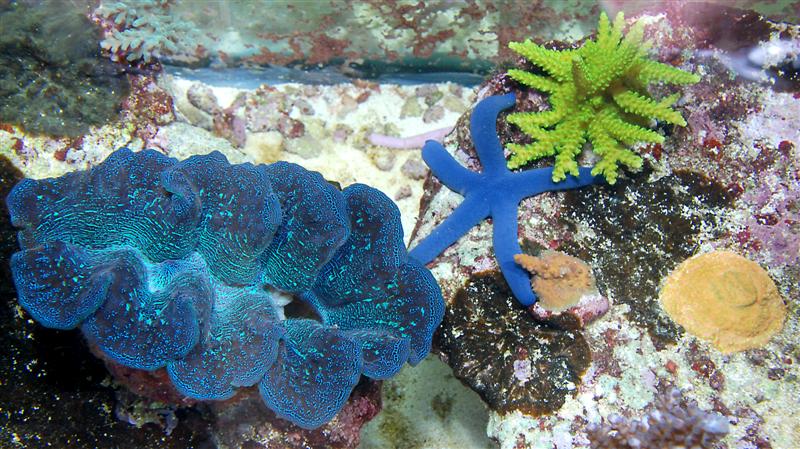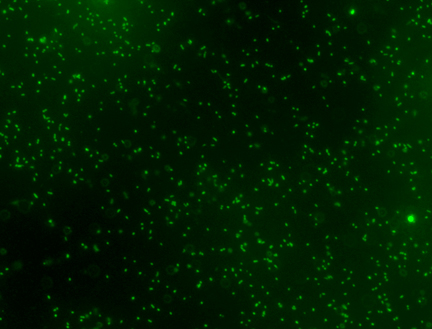Hi buddy!I run 10K color spectrum in all of my display tanks. I assure you, phytoplankton will grow in these systems.
Please don't misunderstand me, I have no doubt that phytoplankton grows in your system. Due to my training and work at EasyReefs, I am familiar with the cultures of both microalgae and bacteria.
What I am trying to explain, based on our experience and bibliography (no doubt you already know what I am going to say now but I am exposing it for the less formed reader) is that when you culture a microorganism (algae or bacteria) and change the conditions of the cultive, it needs an adaptation time in which its growth is reduced or canceled, until it adapts its metabolism and reaches a certain concentration of cells in the cultive that allows it to grow exponentially. When you add a live culture to the aquarium, this live strain encounters new growth chemistry, new lighting and temperature conditions, high competition for resources and predators. In the end, the strongest grows, which is usually a "wild" strain already integrated into the aquarium that takes advantage of the new resources coming from the dosage of the culture. The issue with all this is that for there to be a withdrawal of nutrients there must be the creation of biomass and the production of biomass by the phytoplankton that we add in those first moments is very little (or none). On the other hand, the photosynthetic organism that grows must generate enough biomass to assimilate the nutrients added due to possible contamination of the culture medium (if applicable), the nutrients from the added microalgae that are not consumed and degraded (which is always a high percentage) and the nutrients added by the feeding and excretion regime of fish and corals (and other microorganisms). In short, phytoplankton grown directly in the aquarium has a nutrient fixation task that it is rarely able to withstand to become the main nutrient removal system in our aquariums and if we achieve this we would be talking about a completely water aquarium green. It is to be understood that this nutrient removal process is only a complement to the aquarium's filtration system.
I did not want to go into the topic of the cycle/accumulation of organic phosphate or the final destination of the biomass produced because it is a topic for new posts.
By the way, I am very happy to see that the Jaubert system is still being talked about. I have been a user of this system and also without skimers since 1999. I find it to be an excellent system when it is carried out well.

















